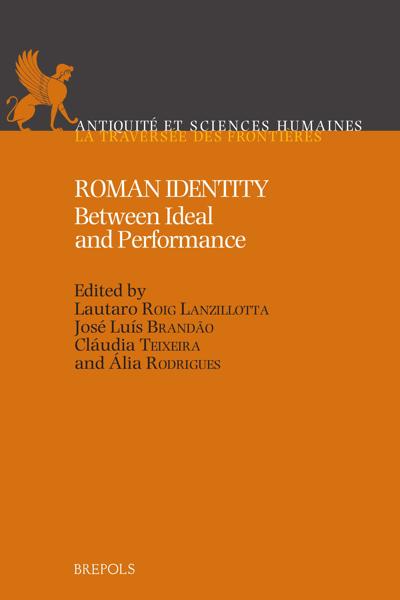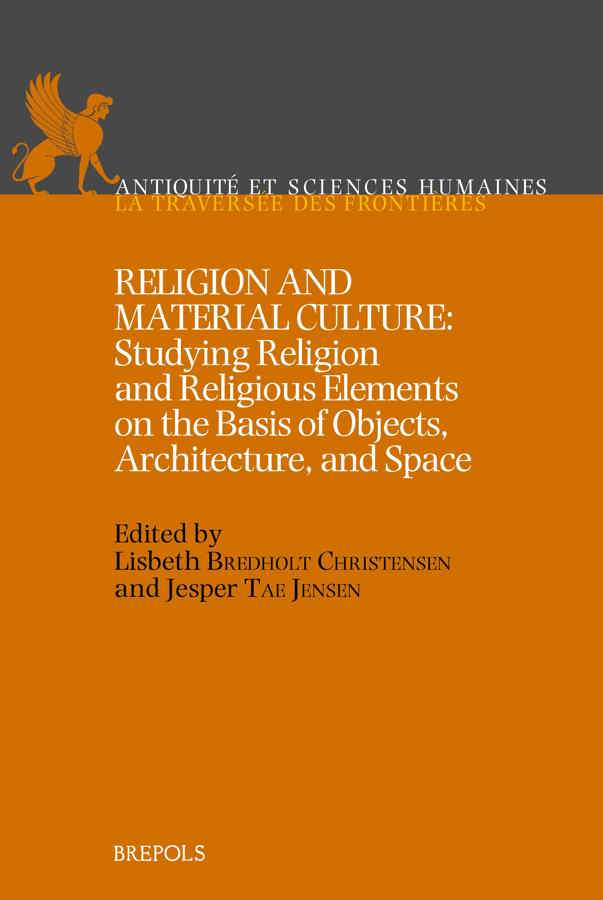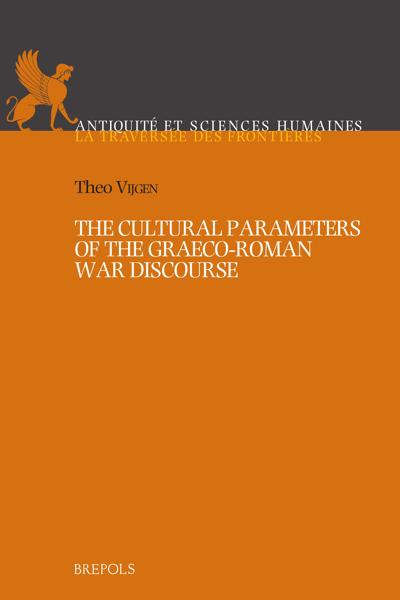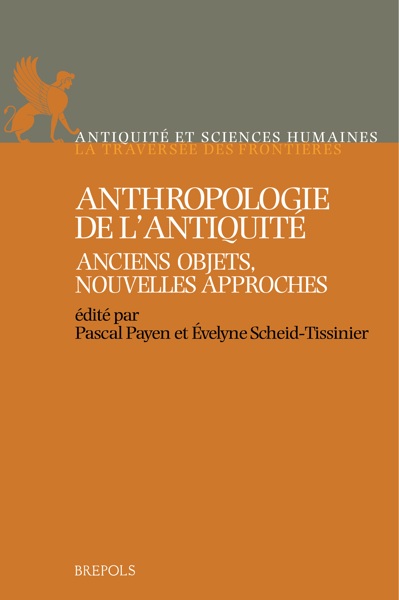
Religion and Material Culture
Studying Religion and Religious Elements on the Basis of Objects, Architecture, and Space
Lisbeth Bredholt, Jesper Tae Jensen (eds)
- Pages: 378 p.
- Size:156 x 234 mm
- Illustrations:59 b/w, 2 tables b/w.
- Language(s):English
- Publication Year:2018
- € 115,00 EXCL. VAT RETAIL PRICE
- ISBN: 978-2-503-56900-0
- Paperback
- Available
- € 115,00 EXCL. VAT RETAIL PRICE
- ISBN: 978-2-503-57907-8
- E-book
- Available
Religion and material culture - the interaction between objects and mind: the Proceedings of an International Conference held at the Centre for Bible and Cultural Memory (BiCuM), University of Copenhagen and the National Museum of Denmark, Copenhagen, May 6-8, 2011
“The papers combine primary material with theoretical content and the whole book will interest readers from many disciplines.” (Ceri Houlbrook, in Time and Mind, 13/1, 2020, p. 106)
Whereas until recently the history of religions began with the Sumerians and the first texts, the material turn in the humanities has opened up the possibility for tracing the history of religions back to before the invention of writing.
The book gathers specialists from a variety of fields to explore the possibilities of the material perspective in the study of religion. Within a diachronic perspective, archaeologists, scholars of religion, theologians, and ancient historians focus on how the gradual invention of various forms of material culture - graves, images, objects - has made it possible for certain religious expressions to be constructed, arise, and enfold. Also, the volume investigates what types of material culture characterizes religion and what these “mean”.
The volume represents a joint, cross-disciplinary effort to investigate religion and its various aspects with a point of departure in material culture. This means rethinking basic assumptions about religion and how to study it. Integrating material culture approaches with textual approaches, the contributions discuss the foundations for a history of religion which is not limited to a textual perspective but which is both broader and wider, both reaching back in prehistory and out to other spheres.
Preface (Lisbeth Bredholt Christensen & Jesper Tae Jensen)
Introduction (Lisbeth Bredholt Christensen & Jesper Tae Jensen)
Methodology
Between Mental and Material: Looking for the Origins of Religion in Archaeological Material (Lisbeth Bredholt Christensen)
What is a God? (Morten Warmind)
The Importance of the Origins of Abstraction and Discourse (David A. Warburton)
Archaeology
Prehistoric Art and Religion (Emmanuel Anati)
Making the Invisible Visible: Steps Towards a Ritualized Corporate Identity (Marion Benz)
Death, Feasting, and Memory Culture at Early Neolithic Shkārat Msaied, Southern Jordan (Bo Dahl Hermansen)
The Shape of the Divine Powers in Nordic Bronze Age Mythology (Flemming Kaul)
At the Scene of Cosmology Construction: The Religious Effects of Barrow Building in the Nordic Bronze Age (Mads Kähler Holst)
Kivig – Kivik: A Bronze Age Collage (Klavs Randsborg)
Text
Religion, Pictoriality and Materiality: A Hebrew Bible Perspective (Izaak J. de Hulster)
Matter and Meaning in the Dead Sea Scrolls: Reading The Genesis Apocryphon as a Palimpsest (Trine Bjørnung Hasselbalch)
Language and Materiality: Stolpersteine in Light of Roman Archaic Religion (Lars Östman)




